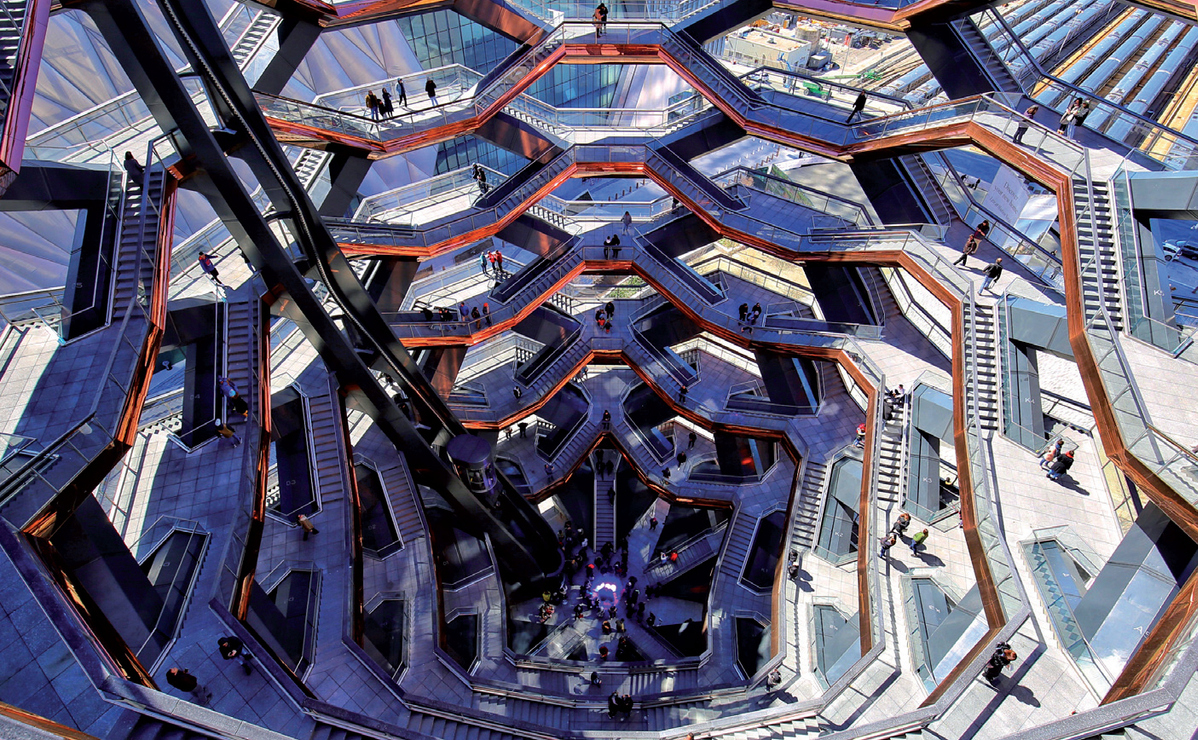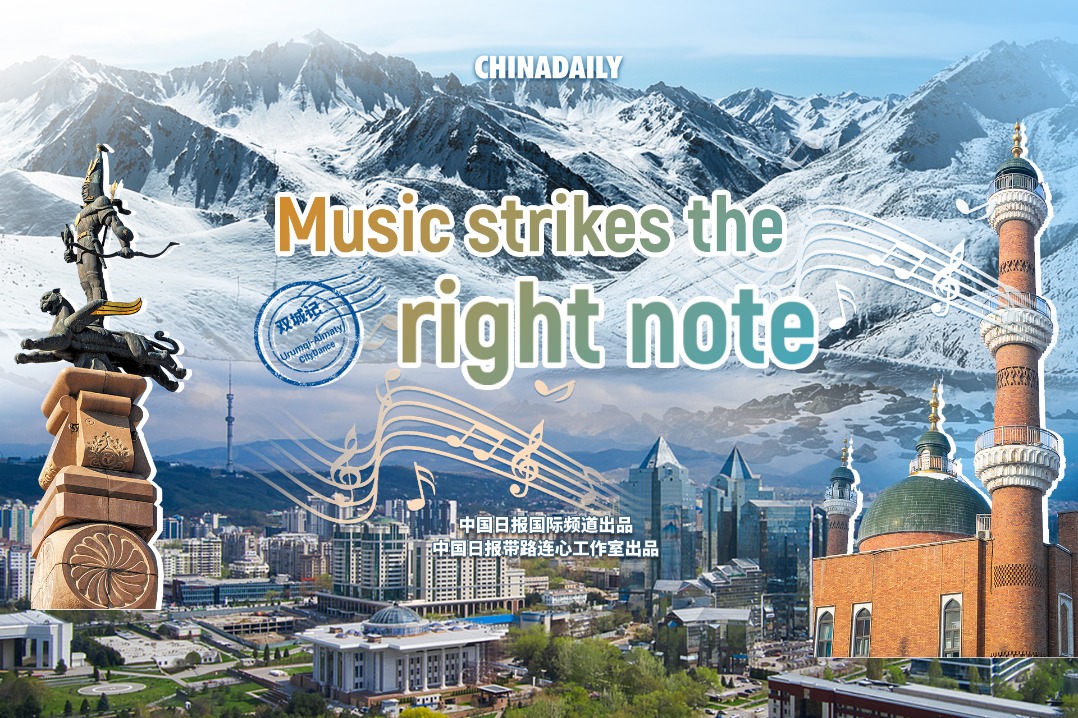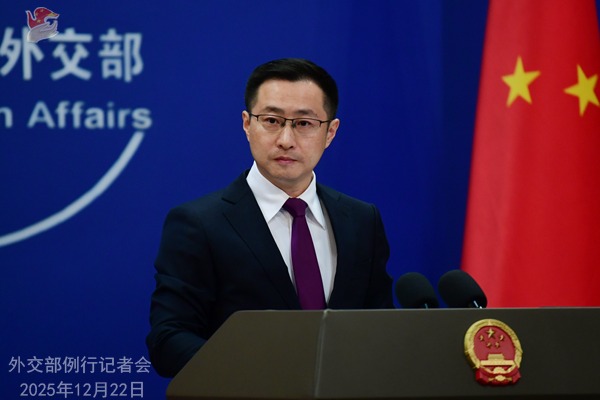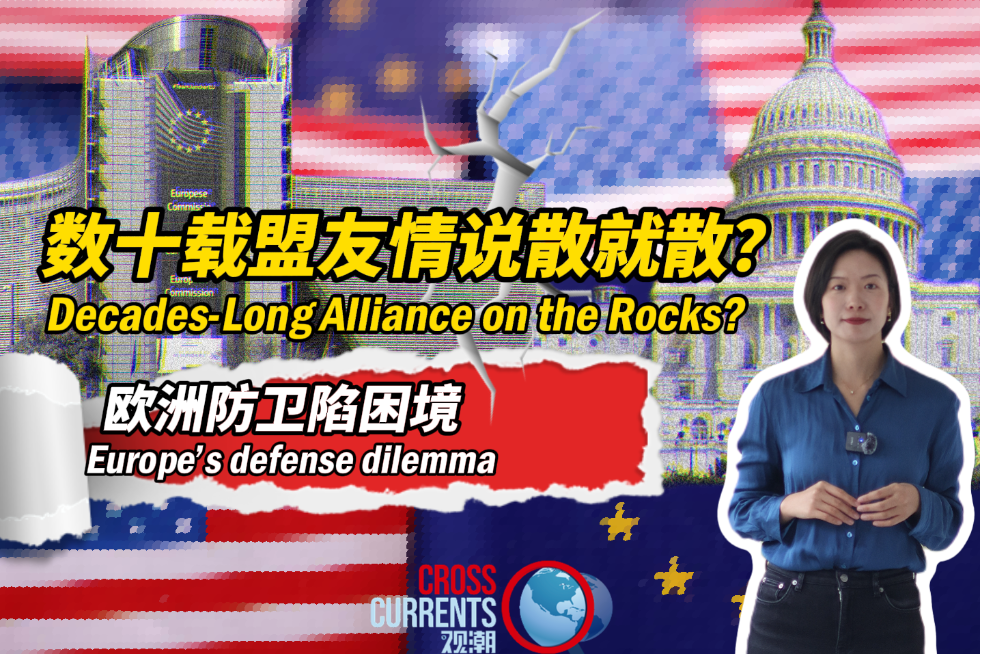Hudson Yards' shops beckon Chinese


New York's swanky new $25 billion development — Hudson Yards — has become the latest attraction to entice thousands of shoppers a day from China with its high-end boutiques, million-dollar real estate and fine dining restaurants.
The 28-acre project, which is being nicknamed "Manhattan's mini-city", lies on the banks of the Hudson River on New York's West Side, between 30th and 34th streets from 10th to 12th avenues, close to the city's elevated park the High Line. Hudson Yards opened to the public on March 15.
"I see at least 1,000 Chinese visitors coming to Hudson Yards a day. I speak Mandarin and Cantonese and can help visitors. They come here to do everything, shopping, dining and just to see the place,'' said Eric Yu, a customer service ambassador at Hudson Yards.
Outside the mall, visitors can gape at a honeycombed-shaped, copper-colored sculpture called the "Vessel". It stands 150 feet tall and has 2,500 steps and 80 landings that people can climb for free. A worker at the Vessel said 2,000 people come to look at it during her eight-hour shift.
Inside a stunning glass building, a 720,000-square-foot mall contains 100 shops that cover a mile. Many of the stores are luxury designer boutiques like Fendi, Chanel and Coach on the first level, and Louis Vuitton on the fifth floor.
The high-end shops share the space with other, slightly less pricey stores like clothing retailers H&M and Zara, beauty and personal care store Sephora, and makeup store Mac.
For those who enjoy retail therapy, a huge Neiman Marcus store occupies the fifth, sixth and seventh floors, selling $1,000 handbags, $600 shoes and chic designer clothes.
Leanne Ho from Singapore, who was visiting the mall with her husband and two children, told China Daily: "We were notified by friends on Instagram about this place. A lot of my followers DM'ed [direct messaged] me and said you must visit this place. We were already on a one-week vacation to New York, so we just decided to come. We had to do it. It must have taken a lot of work and a lot of talent to build it. It looks beautiful. We don't know what's here yet, but we intend to shop and spend lots of money."
Staff keep the mall clean by constantly wiping the floor and shining the glass on each floor. Shoppers walk over buffed black, white and gray marble floors and pass pillars speckled with gold.
The plush mall has been designed to keep shoppers engaged with fun things to do, including a wall made from flip sequins where people can draw faces, write their names or hang out.
However, Judy, a retiree, from Queens, New York, who did not want to give her last name, wasn't impressed with the interior. "It's brand new but it's so cold," she said. "It lacks character. This is New York! I heard all about it and just wanted to see it. It's OK, I suppose. I want to see more of it."
She wasn't alone in her feelings about Hudson Yards. Architectural reviews have been mixed, with architecture critics at two New York City newspapers not taking a fancy to the project.
"Hudson Yards, it is now clear to see, is no Rockefeller Center … it lacks the gracious integration of outdoor space with the architectural order of its surrounding buildings," wrote The Wall Street Journal's Michael J. Lewis.
The New York Times' Michael Kimmelman wrote that while Rockefeller Center chief architect Raymond Hood grasped "the difference between scale and size . . . and how the success of a neighborhood and its retail businesses come down to what's happening at street level, Hudson Yards barely acknowledges any of these things."
The complex of buildings at Rockefeller Center in Midtown Manhattan occupies 22 acres and was built in the 1930s at a cost of $250 million.
The restaurants in the mall include Hudson Yards Grill on the fourth floor, which has dishes like sushi or prime rib with horseradish cream for $49. Belcampo, a more relaxed restaurant, serves burgers and fries, as does Shake Shack on the fourth floor.
Hudson Yards is the brainchild of billionaire real estate mogul Stephen Ross, CEO of The Related Companies. The project took 12 years of planning and six years to build and won't be completed until 2025. As of March, only half of Hudson Yards has been finished.
On March 15, Ross had a VIP opening with a lavish party for 13,000 guests, including celebrities Vera Wang, a fashion designer, actresses Liza Minelli, Anne Hathaway, Katie Holmes and Maggie Gyllenhaal, and NFL quarterback Tom Brady and his supermodel wife Gisele Bundchen.
"It's the largest project ever done in America," Ross said proudly on the red carpet at the event.
The Corcoran Group, a real estate company, will sell $1 billion worth of prime apartments at Hudson Yards. Prices for a one-bedroom apartment start at $3 million. There will also be office space, medical facilities and a garden.
Altogether, New York's mini city will have 20 structures.
When 30 Hudson Yards is completed in 2020, it will feature the highest observation deck in the Western Hemisphere. Called "Edge", the deck will jut out 65 feet from the 1,000-foot tall skyscraper.
Other amenities include "The Shed", a center for art, which has 14 acres of public open space, a 750-seat public school, and the inaugural Equinox Hotel with 212 rooms. A 5-acre garden has been planted with 28,000 plants.
Built over a working rail yard, Hudson Yards is an incredible feat of engineering. To build the first half of the project, construction crews created a platform above Long Island Rail Road tracks.
The 10-acre platform weighs 35,000 tons and is supported by 300 caissons drilled into the bedrock between tracks. In total, 25,000 tons of steel was used. The eastern platform was completed in 2016 and bridges 30 working tracks and three tunnels used by Amtrak and New Jersey Transit.
Upon completion, two platforms will support three quarters of the site. The buildings' foundations will then sit on the platform and extend through it and rise above it, according to developers.
Hudson Yards received nearly $6 billion worth of incentives and tax breaks from the city over 10 years, according to The New York Times and research from the New School.
At least $2.4 billion of that was spent to extend the No 7 subway line from Times Square to the project, and $1.4 billion went toward creating four acres of lush gardens around the development. When completed, Hudson Yards is projected to contribute $19 billion annually to the city economy.

































